Downsizer superannuation contributions
Individuals over 65 years of age can make one-off contributions of up to $300,000 ($600,000 per couple) from the sale of their main residence, provided the property was owned for at least ten years, including just before sale.
This applies to contracts entered into after 1 July 2018 and where the contribution is made within 90 days of the sale, i.e. settlement! Unless there is a delay caused by factors outside the individual’s control, it is most unlikely any extension to the 90 days would be available, so the timing of the contribution is critical.
Downsizer superannuation contributions are simply capped at $300,000, take no account of the concessional $25,000 maximum, the non-concessional $100,000 maximum; the ‘work test’ doesn’t apply to downsizer superannuation contributions, there is no upper age limit and the contribution can be made irrespective of any total superannuation balance, even if $1.6m or more!
Should you be able to take advantage of this one-off downsizer superannuation contributions opportunity, please CONTACT US .








